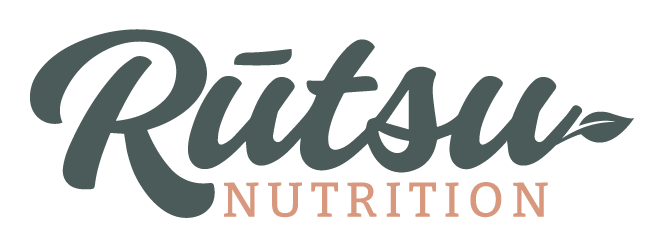Everything You Need to Know About Iron on a Plant-Based Diet
As a registered dietitian, questions about iron get brought up all the time, especially from those following a strictly plant-based diet. Iron is a vital mineral responsible for oxygen transport, energy production, and immune function. However, it’s important to understand that not all iron is created equal.
Plant foods contain non-heme iron and animal foods contain heme iron. Non-heme iron may be less readily absorbed by the body, so those following a strictly plant-based diet can follow the recommendation of increasing iron needs by 1.8 times to play it safe. However, there are plenty of ways to enhance iron absorption in the body, which are very effective and simple to do. You can absolutely meet your iron needs eating plant-based!
Plant-Based Sources of Iron
Many plant-based foods are rich in iron, and incorporating a variety of these into your diet can help you maintain healthy iron levels:
Legumes:
1 cup of lentils = 6.6 mg iron
1 cup of chickpeas = 4.7 mg iron
1 cup of black beans = 3.6 mg iron
1 cup of soybeans = 8.8 mg iron
Tofu and Tempeh:
1 cup cooked firm tofu = 6.8 mg iron
1 cup cooked tempeh = 4.7 mg iron
Nuts and Seeds:
1/4 cup pumpkin seeds = 2.5 mg iron
1/4 cup cashews = 2 mg iron
Whole Grains:
1 cup cooked quinoa = 2.8 mg iron
1 cup cooked oats = 1.7 mg iron
1 cup fortified cereal = 4.5-18 mg iron (varies greatly)
Leafy Greens:
1 cup cooked spinach= 6.4 mg iron
1 cup cooked Swiss chard = 4.0 mg iron
Enhancing Iron Absorption
The absorption of non-heme iron can be influenced by other dietary factors. Phytates (found in grains and legumes) and oxalates (found in foods like spinach) can inhibit iron absorption. However, there are strategies to enhance iron absorption:
Pair with Vitamin C: Vitamin C is a powerful enhancer of iron absorption. Consuming vitamin C-rich foods like bell peppers, citrus fruits, and tomatoes alongside iron-rich foods can significantly increase iron uptake. For example, pairing lentils with bell pepper strips and lemon can boost iron absorption!
Pair with Allium Vegetables: Garlic, onions and shallots are all apart of the allium family, which helps increase iron absorption! Cook your black beans with onions and garlic!
Cook Iron Foods with Carotenoids: Carrots, leafy greens and sweet potatoes are rich in beta-carotene, which helps increase iron absorption in the body.
Cook with Cast Iron: Cooking in cast iron pans can increase the iron content of your food, particularly acidic foods like tomatoes.
Soak and Sprout: Soaking and sprouting grains, legumes, and seeds can reduce the phytate content, making iron more bioavailable.
Meeting Your Iron Needs
The Recommended Dietary Allowance (RDA) for iron varies by age, gender, and life stage. For adult women (premenopausal), the RDA is 18 mg per day, while men require 8 mg. Pregnant women need a bit more, around 27 mg daily, to support increased blood volume and fetal development. Post-menopausal women require around 8 mg of iron per day.
For those following a plant-based diet, it’s often recommended to aim for 1.8 times the RDA due to the lower absorption rate of non-heme iron (this recommendation does not factor in what was discussed above about pairing with vitamin C, beta carotene and allium vegetables, for example).
Monitoring Your Iron Levels
It's important to regularly monitor your iron levels, especially if you experience symptoms of deficiency like fatigue, weakness, or shortness of breath. A simple blood test can assess your iron status, and if needed, a registered dietitian can help you adjust your diet to meet your needs better.
A well-planned plant-based diet can easily meet your iron needs effectively. By choosing iron-rich foods and using strategies to enhance absorption, you can enjoy the benefits of a plant-based lifestyle while maintaining optimal iron levels!
Watch the Instagram LIVE HERE with Haley Bishoff, RDN, LD and Nichole Dandrea-Russert, MS, RDN on this topic.

